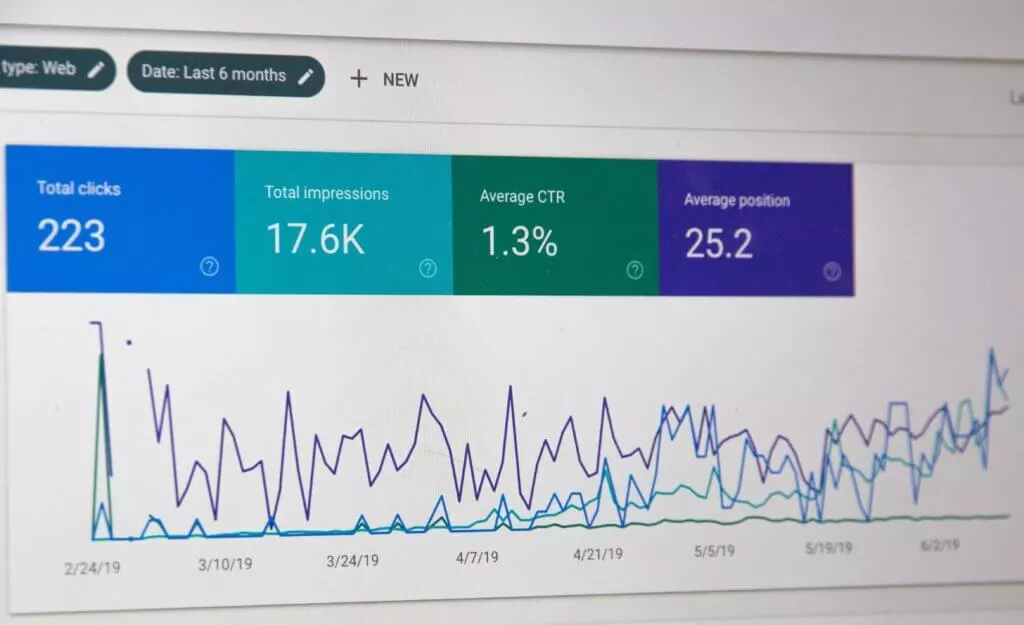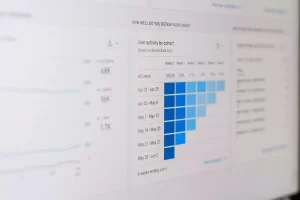Regardless of the online platform you use, search engine optimization (SEO) is essential. Relevant keywords, quality content, and social media marketing are all important aspects of successfully running an online business. If you want your blog to stand out and bring consistent benefits, follow these 12 advanced SEO strategies.
There’s no point in having a blog for your business or website if nobody sees it. Optimizing for search engines is just as important for a blog as it is for any other website, so you’ll need to dedicate time to planning a detailed SEO strategy.
1. Solid Keyword Research
If you have your own blog, you may not be tied to fixed deadlines. However, most bloggers find it helpful to plan their posts to have enough time for research and brainstorming. In addition to thinking about what you’ll write, you should also do some keyword research before you start writing. Why? Because keywords are the driving force behind SEO.
2. Leverage Long-Tail Keywords
As you do keyword research, you’ll notice that certain keywords have high competition. For example, if your blog is about fitness and you input something as simple as “fitness tips” into your Google search bar, you’ll get hundreds of thousands of results. You’ll see big names like Men’s Journal and Self.com on the first page of search results – names you can’t compete with.
3. Conduct SERP Research for Each Post
If you Google search for three different topics, you’ll notice that the search engine results pages (SERPs) can look completely different. Some search terms generate a simple list of websites, while others include paid ads, maps with local results, answer boxes, and more. If you want your blog to rank well, you need to know what type of SERP you’ll appear on and optimize for it.
4. Optimize All Images for SEO
When it comes to a strong SEO strategy, the more you spread your net, the better. This doesn’t necessarily mean loading every page with dozens of keywords. Instead, it means taking advantage of specific SEO opportunities to build a strong overall strategy. One thing you shouldn’t overlook when optimizing your blog is images.
5. Use Internal Links to Existing Posts
While links to other posts on your own site are good for SEO, these links aren’t as valuable as external links. However, it’s a good idea to do this to create a framework within your site that keeps readers around as much as possible. When planning a new post, think about the different posts you could potentially link to – don’t just limit yourself to the most popular posts. Internal links can be an opportunity to increase traffic to posts that are struggling to get attention.
6. Update Existing Content to Keep It Current
The Google algorithm heavily favors updated content, so don’t think that once you hit the “publish” button, your work is done. You’ll need to review your old posts from time to time to make sure the content is still relevant and updated, then make the necessary changes to keep it current.
7. Write Guest Posts and Get Backlinks
An effective way to increase the authority and visibility of your blog is to write posts for other blogs in your field and get backlinks to your blog. Such collaborations give you the opportunity to reach a new audience and get valuable references to your content. Look for relevant blogs in your field and propose interesting and valuable articles to them.
8. Collaborate with Influencers
Influencers in your field can be a valuable resource for growing your audience. You can think about conducting interviews with influencers, featuring quotes from their experience, or using their content as a reference in your articles. Such collaboration can bring both SEO and social media promotion benefits.
9. Experiment with Different Formats
Diversifying the content formats on your blog can attract new types of audiences and increase reader engagement. Try introducing elements like infographics, videos, images, and podcasts into your content to make it more attractive and accessible to different types of users. Be creative and explore new ways to present your information.
10. Consider Creating a Mobile App
Another way to expand your online presence is to consider developing a mobile app for your blog. A dedicated app can provide a more personalized and interactive experience for your loyal users, which can lead to increased loyalty and traffic. Analyze the advantages and disadvantages of such an investment based on your goals and available resources.
11. Conduct Competitor Keyword Research
To improve your SEO strategy, it’s important to monitor and understand the keywords your competitors are using to promote their content. Analyze competitor sites and identify the keywords they rank well for in search engines. This information can then be used to optimize your own content and increase your chances of appearing in top search results.
12. Perform an SEO Analysis
To achieve meaningful results in your SEO strategy, it’s crucial to conduct a detailed analysis of your site and your content performance. Such an analysis will help you identify the strengths and weaknesses of your blog in terms of SEO and set clear objectives for improvement. Invest time and resources in a thorough analysis to maximize your potential for search engine optimization.
Learn about How SEO Brings Organic Traffic to Your Online Store
Follow us on social media:
Instagram: https://www.instagram.com/securemenow/
Facebook: https://www.facebook.com/securmenow
We offer SEO and Web Design services. Contact us







